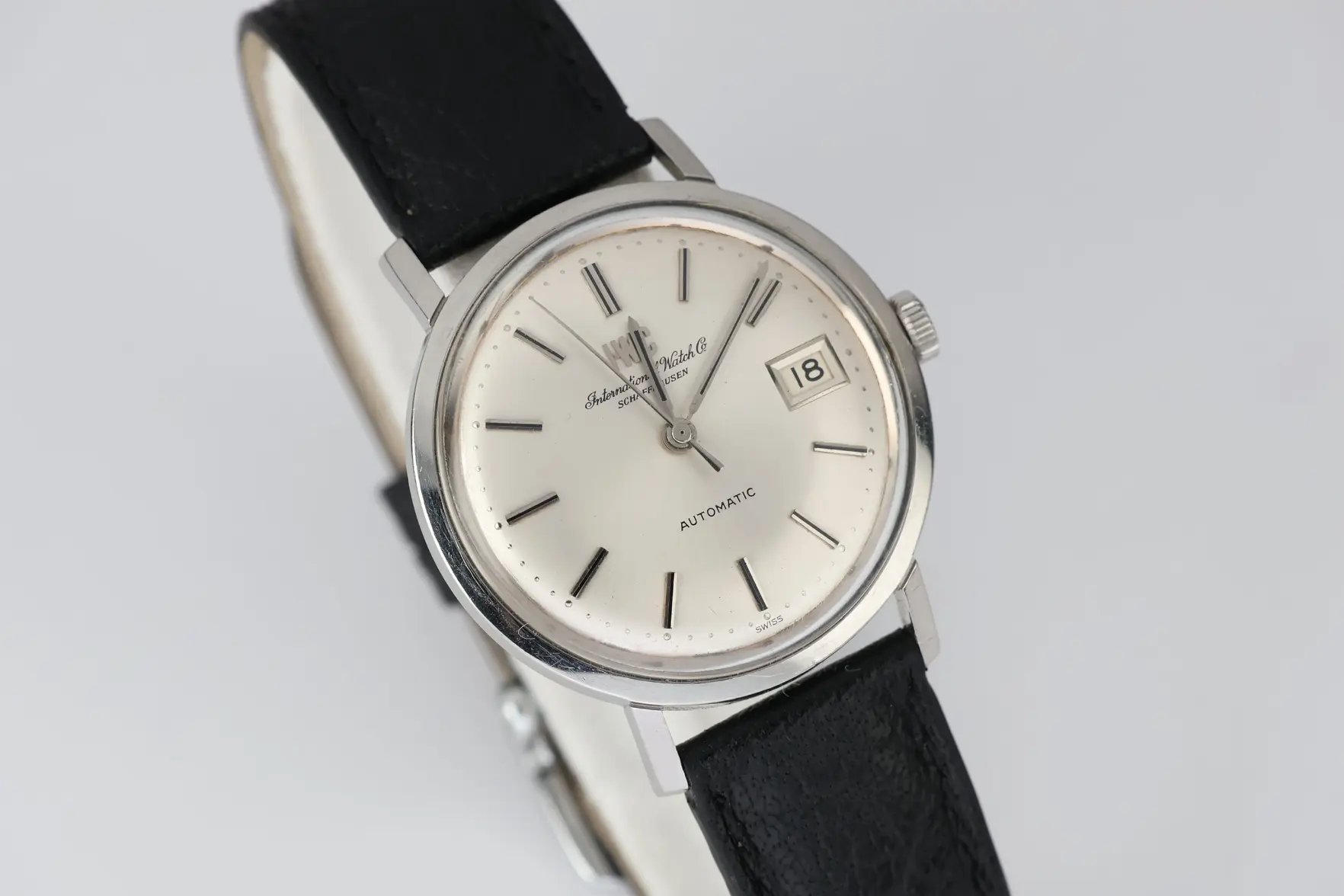Wizzar
·Hi
recently I started to learn how to take a photos with a mirrorless camera (doesnt matter) it's maybe 1 week
What do you think? Are those photos ok, what would you add or change/remove?
I wasnt too much focusing on background, when you do the photos, its not always easy to judge if they are ok or not, especially if you are totally amateur to the topic, only with total basic knowledge so thats why Im asking.
Watch is in medium condition, I didnt choose the perfect one, just to see if bad condition watch looks at least ok, then good condition will be only better.
recently I started to learn how to take a photos with a mirrorless camera (doesnt matter) it's maybe 1 week
What do you think? Are those photos ok, what would you add or change/remove?
I wasnt too much focusing on background, when you do the photos, its not always easy to judge if they are ok or not, especially if you are totally amateur to the topic, only with total basic knowledge so thats why Im asking.
Watch is in medium condition, I didnt choose the perfect one, just to see if bad condition watch looks at least ok, then good condition will be only better.










